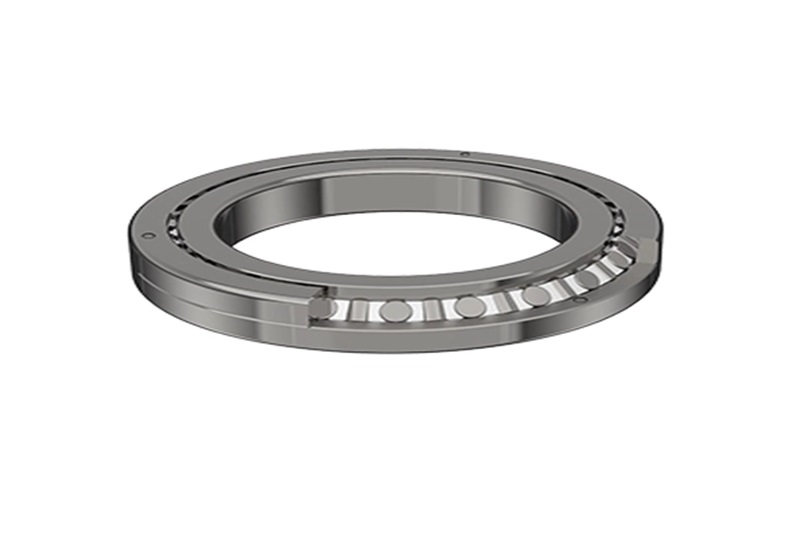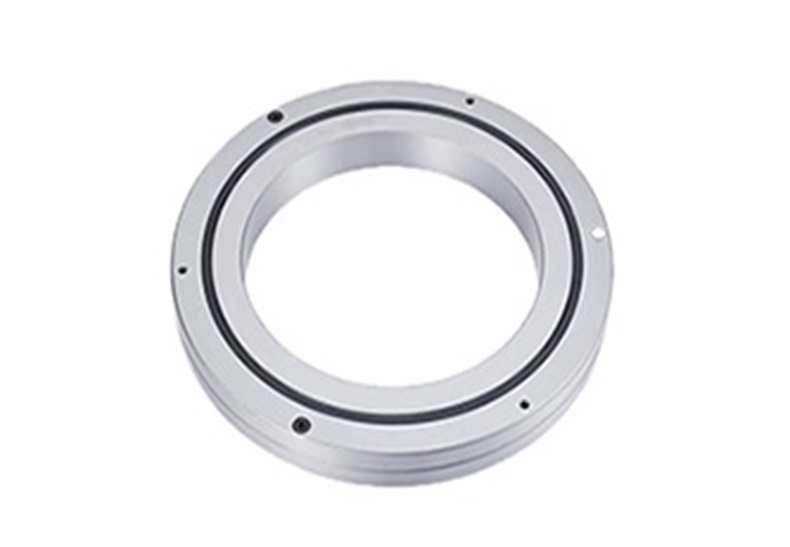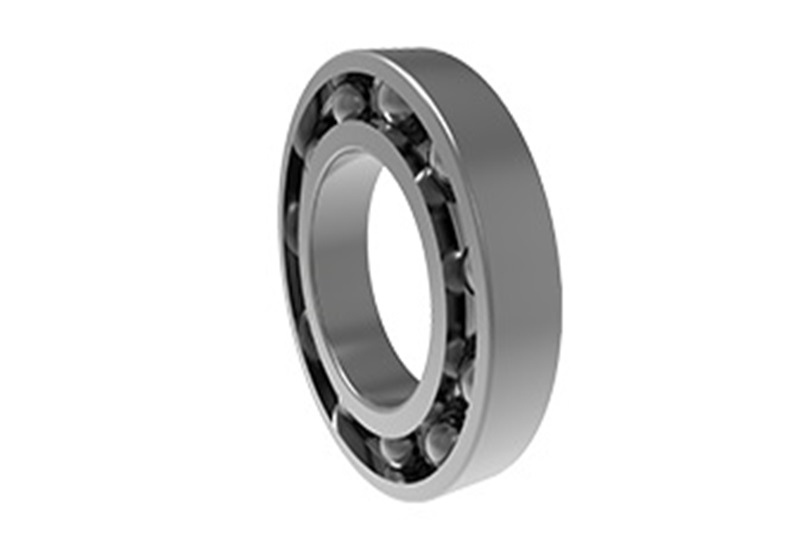What Are the Types of Industrial Robot Bearings?
Bearings used in industrial robots are mainly divided into two categories, one is crossed roller bearings, the other is constant section bearings, in addition to RV reducer bearings and harmonic reducer bearings, etc., but no matter which one. All kinds of bearings require the selection of thin-walled bearings under the condition of meeting various loads.
1. Crossed roller bearings
Crossed roller bearings are cylindrical rollers or tapered rollers that are arranged perpendicular to each other on the 90-degree V-groove rolling surface through spacers, so cross roller bearing can withstand radial loads, axial loads and moment loads. load in multiple directions. Its various thin-walled crossed cylindrical roller bearings are often used in the mechanical arms, shoulders, waists and other parts of industrial robots. The accuracy can reach P4 and P2 levels, and the service life is more than 6000h.
Crossed roller bearings have excellent rotational accuracy. There are spacers or spacers between the rollers, which can prevent the inclination of the rollers and the friction between the rollers, and effectively prevent the increase of the rotational torque; and there will be no contact or locking of one side of the rollers; At the same time, because the inner and outer rings are divided structures, the gap can be adjusted, and even if a preload is applied, high-precision rotational motion can be obtained.
2. Equal section thin-walled bearings
Equal-section thin-walled bearings, also known as thin-walled ring bearings, can be deep groove ball bearings, four-point contact bearings, angular contact ball bearings, and thin-walled equal-section bearings are mostly square in cross section. The shaft diameter and bearing bore also remain the same. It is mainly used for the waist, elbow, wrist and other positions of industrial robots, with an accuracy of P5 level and a service life of more than 6000h.
3. RV reducer bearing
The RV reducer bearing is also called the precision joint reducer. The shape structure and precise positioning are the key factors of its compact structure, excellent rigidity and precise transmission. It includes a variety of thin-wall bearing series and cylindrical roller cage assembly series, which are widely used in various It is a kind of industrial robot, the precision can reach P4 level, the temperature rise does not exceed 30 ℃, and the service life is more than 6000h.
4. Harmonic reducer bearing
The harmonic reducer mainly uses a kind of flexible bearing, which relies on the harmonic generator to make the flexible wheel produce controllable elastic deformation, and uses the controllable elastic deformation of the flexible bearing to transmit motion and power. It is mainly used in small and medium torque robot joints. The precision is at the P5 level, the service life is more than 6000h, and it has the characteristics of compact structure, high motion precision and large transmission ratio.
The commonly used bearings for industrial robots are mainly crossed roller bearings and equal section thin-walled bearings among the above types of bearings. Since the technical requirements of industrial robots now require that bearings must be installed in a limited space, small size, light weight, high bearing capacity, high precision, high stiffness, low friction torque, long life, high reliability and other properties must be satisfied at the same time. Thin-walled crossed roller bearings and equal-section thin-walled bearings can basically meet these properties at the same time, and they have become commonly used industrial robot bearings.
Among the many types of industrial robot bearings, the commonly used crossed roller bearings are actually used more than equal-section thin-walled bearings because their installation and performance are more in line with the requirements of robots, and different types of crossed roller bearings are used. It can also meet the requirements of different parts of the robot respectively, which is more refined.














 English
English  français
français  Deutsch
Deutsch  italiano
italiano 



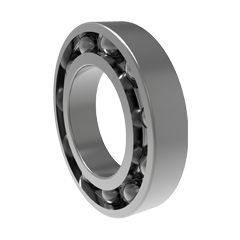
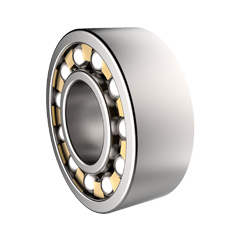
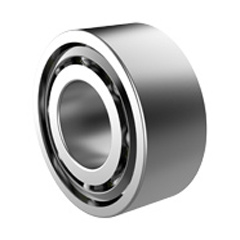
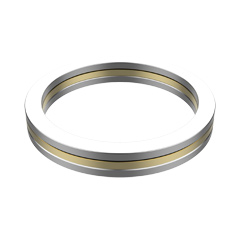
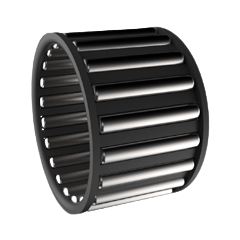
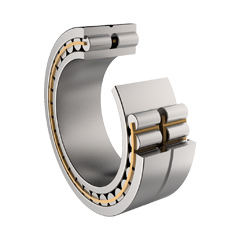
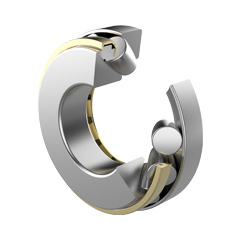
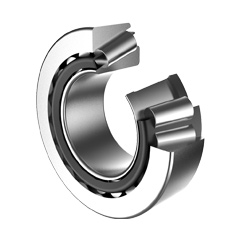
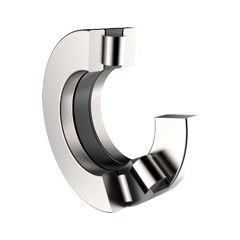
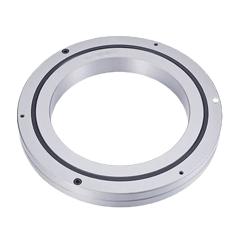
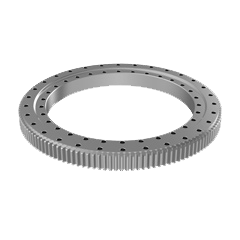

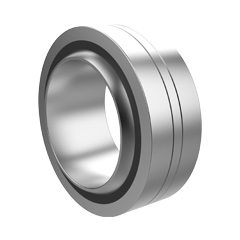

 English
English  français
français  Deutsch
Deutsch  italiano
italiano 

